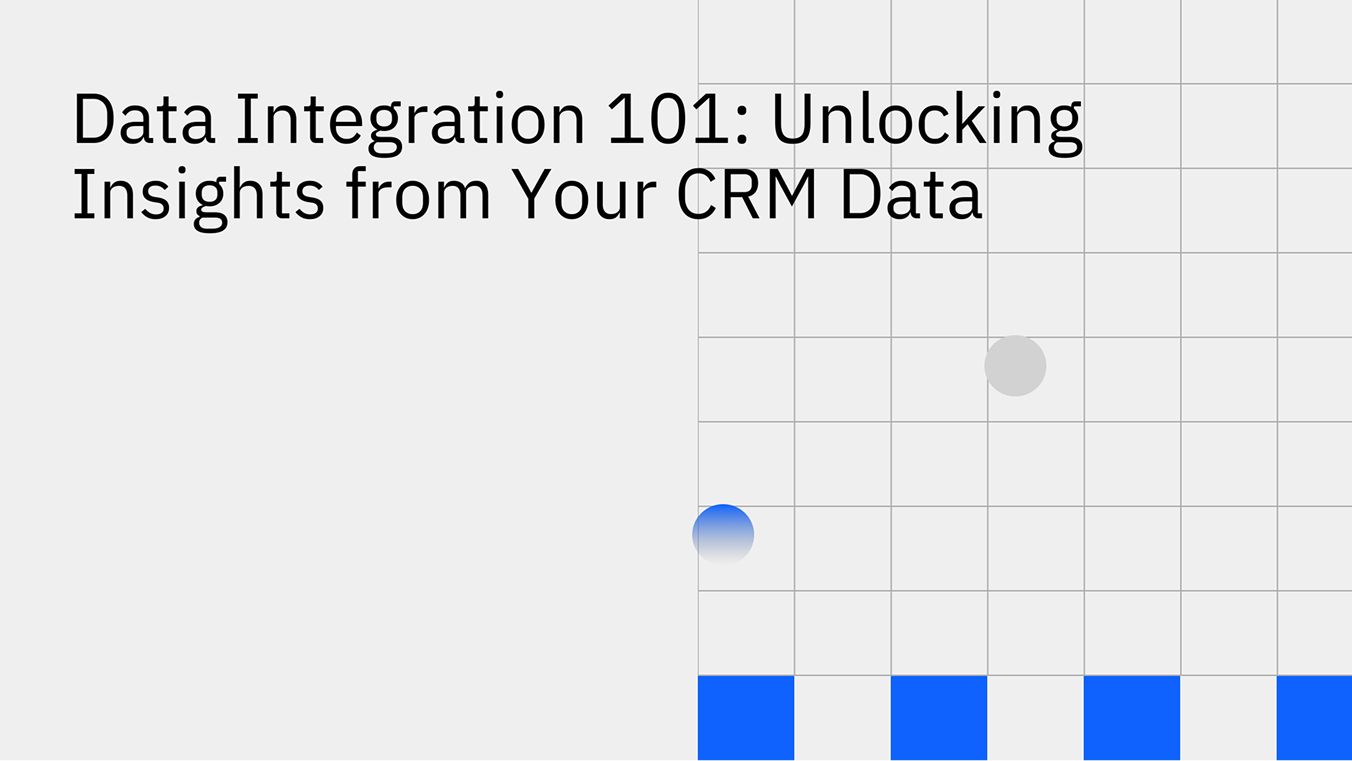

Data integration is the process of combining data from different sources into a unified view. For CRM systems, it means connecting platforms like HubSpot, Salesforce, or Zoho with databases, ERPs, or other SaaS tools to ensure your customer data stays consistent everywhere. The result? A single source of truth that improves visibility, accuracy, and decision-making.
Businesses rely on CRMs to manage customer relationships, but these systems rarely operate in isolation. Without integration, marketing, sales, and support teams often deal with fragmented or outdated information.
By implementing a modern data integration strategy, companies can:
Modern integration goes far beyond one-way data transfers. It enables real-time, automated, and secure synchronization across systems. Here are the most relevant concepts:
Integrating a CRM with other systems typically involves connecting APIs, mapping fields, and setting synchronization rules. A robust integration platform automates this process to ensure data moves accurately between systems.
Example use cases:
Platforms like Stacksync make this seamless by offering real-time, bi-directional synchronization across CRMs, ERPs, and databases, without the heavy API maintenance typical of legacy middleware.
Real-time integration transforms how organizations operate by ensuring everyone works from the same dataset. Key advantages include:
When evaluating data integration tools, consider:
A logistics company using HubSpot, NetSuite, and PostgreSQL struggled with duplicate records and inconsistent sales data. By implementing Stacksync's real-time integration, they:
This showcases how data integration not only saves time but directly impacts business outcomes.
Data integration is no longer optional, it’s foundational to modern CRM operations. By connecting your systems and automating data flows, you create a real-time, accurate picture of your customers and business.
Platforms like Stacksync enable companies to achieve this without complex coding or infrastructure changes, helping teams focus on insights instead of integrations.
Ready to unify your CRM data? Learn how Stacksync connects HubSpot, Salesforce, Zoho, and more with your internal systems in real time, turning disconnected data into synchronized growth.